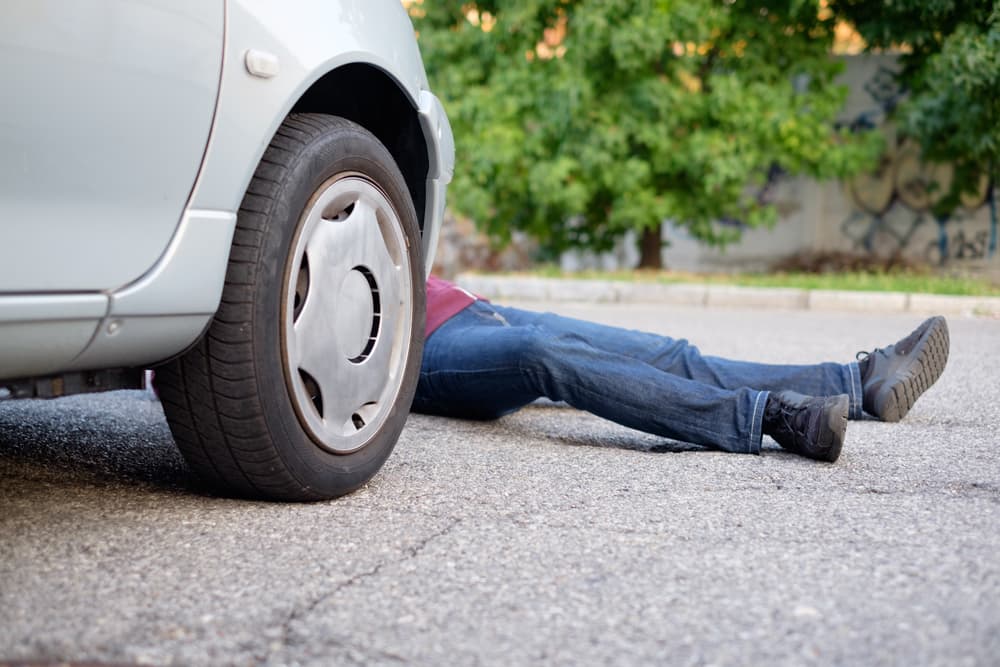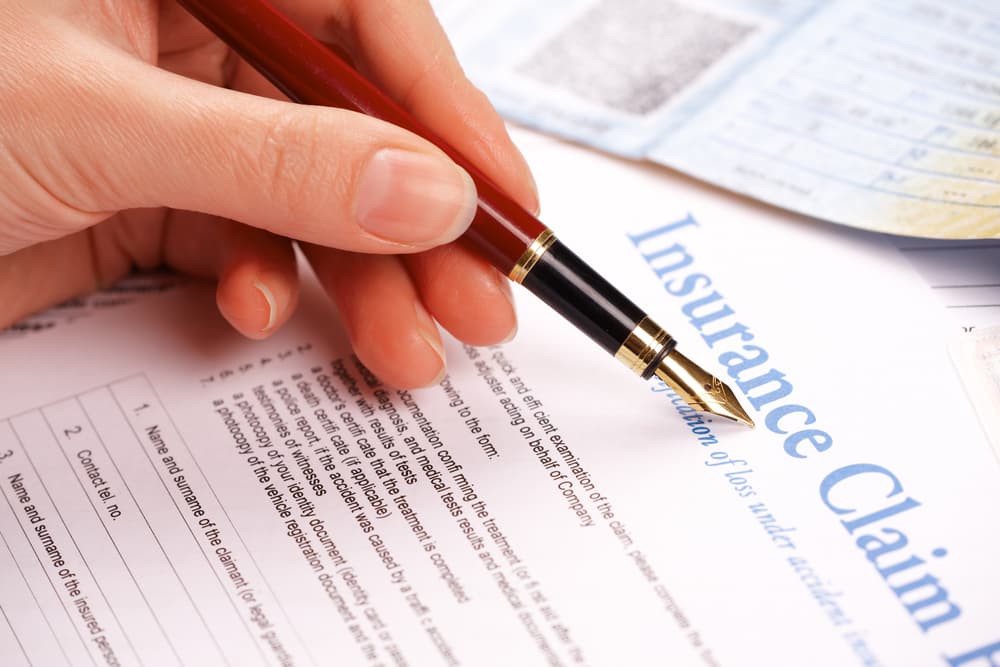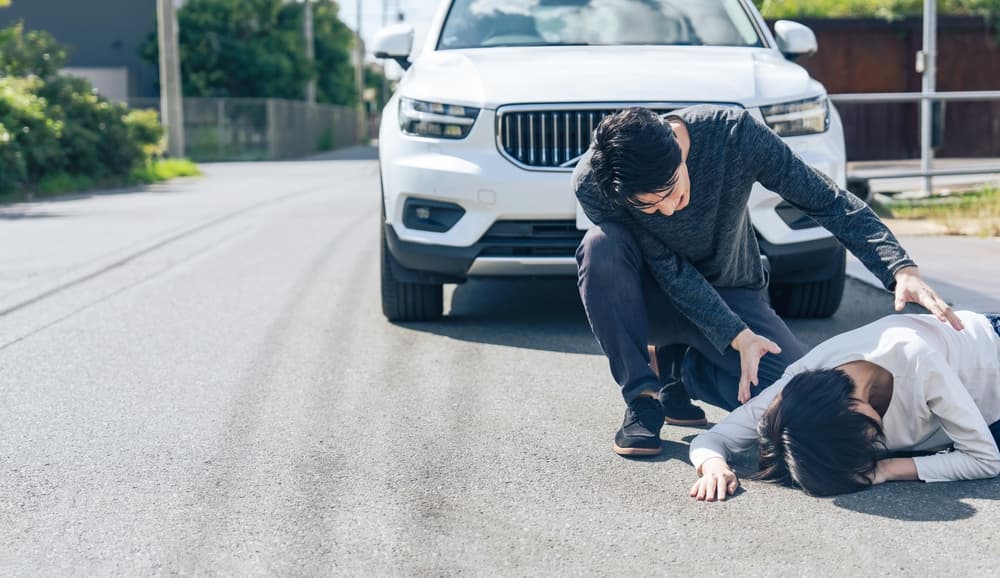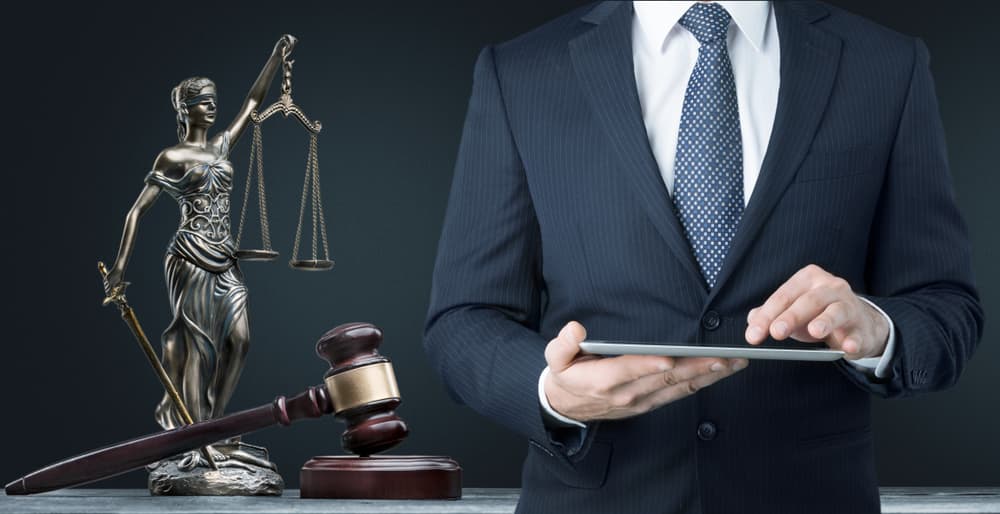Every year, thousands of pedestrians find themselves victims of accidents involving motor vehicles. These incidents can result in life-altering injuries, emotional trauma, and financial burdens.
If you've been hit by a negligent driver as a pedestrian, you may be unsure of what steps to take next or who to turn to for help. That’s where a pedestrian accident attorney comes in. They will help you understand your legal rights and options to make informed decisions.
In the meantime, check out this blog. It explores legal options for a pedestrian hit by a car, how to seek compensation, what to expect from the legal process, and how an experienced pedestrian accident lawyer will build your case.
Understanding Pedestrian Accident Liability

The foundation of any legal claim begins with establishing liability. Determining who is at fault in a pedestrian accident often involves analyzing the behavior of the driver and the pedestrian. Here’s how liability typically breaks down:
- Driver Negligence: In many cases, the driver is found at fault due to speeding, distracted driving, failing to yield at crosswalks, or driving under the influence.
- Pedestrian Negligence: Pedestrians can also share fault if they’re found to have violated traffic laws, such as jaywalking or crossing against a signal.
- Shared Fault: Some jurisdictions operate under comparative negligence laws, which means that even if you, as a pedestrian, were partially at fault, you may still recover damages.
- Third-Party Liability: In rare cases, another party, such as a local government responsible for maintaining crosswalks or traffic signals, may share liability.
Steps to Take After a Pedestrian Accident
Your actions after a pedestrian accident make all the difference in your ability to pursue a legal claim. Here’s a quick guide:
Go to the Doctor
Even if you feel fine, you need to see a doctor. Some injuries, like internal bleeding or concussions, may not appear immediately.
Call the Police
A police report is an official incident record that may include critical details about the driver’s behavior and witness statements.
Gather Evidence
Take photos of the accident scene, your injuries, and any damage to personal property. Collect the driver’s contact and insurance information and contact details for any witnesses.
Do Not Admit Fault
Refrain from making statements that could be interpreted as admitting fault, even casually.
Call an Experienced Pedestrian Accident Attorney
Consulting with an experienced pedestrian accident lawyer can help you navigate the legal process and protect your rights.
Types of Compensation Available After a Pedestrian Crash
As a pedestrian injured in a car accident, you may be entitled to several types of compensation:
- Medical Expenses: This includes current and future costs related to your injuries, such as hospital stays, surgeries, medications, physical therapy, and assistive devices.
- Lost Wages: If your injuries prevent you from working, you can get compensation for lost income and reduced earning capacity.
- Pain and Suffering: Non-economic damages account for the physical pain and emotional distress caused by the accident.
- Property Damage: If personal items, such as your phone or bicycle, were damaged in the accident, your lawyer can fight to get your belongings replaced.
- Punitive Damages: In cases involving egregious driver behavior, such as drunk driving, punitive damages may be awarded to punish the at-fault party.
What to Know About the Claims Process
Filing a claim after a pedestrian accident is a detailed process. Here’s a breakdown of what to expect:
Filing an Insurance Claim

Begin by filing a claim with the at-fault driver’s insurance company. Depending on your state, you may also be able to file a claim with your insurance under personal injury protection (PIP) coverage.
Negotiating a Settlement
Insurance companies often offer low initial settlements. An experienced attorney can help negotiate a fair amount.
Filing a Lawsuit
If negotiations fail, you may need to file a lawsuit to seek full compensation. This involves gathering evidence, deposing witnesses, and potentially going to trial.
Each state has a deadline for filing personal injury claims, known as the statute of limitations. Missing this deadline could forfeit your right to seek compensation.
Common Defenses Used by Drivers and Insurers
Understanding potential defenses can help your lawyer prepare a stronger case. Drivers and insurers may argue:
- The Pedestrian Was at Fault:
Insurers or defense attorneys may claim you were jaywalking, crossing outside a designated crosswalk, or ignoring traffic signals. They might also argue that you were distracted, such as by using a phone or wearing headphones, and therefore contributed to the accident.
To counter this, evidence needs to be provided, such as camera footage, witness statements, or expert testimony that shows the driver’s negligence was the primary cause of the accident.
- The Injuries Are Pre-Existing:
Insurance companies often comb through medical records to find evidence of pre-existing conditions or prior injuries. They may argue that the current medical issues you are experiencing were not caused by the accident but existed beforehand.
Your attorney can work with medical experts to establish a clear link between the accident and your injuries. Detailed medical documentation and expert testimony can refute this defense.
- Exaggeration of Damages:
Insurers may accuse you of inflating the severity of your injuries or the extent of your financial losses. For example, they might question the necessity of specific medical treatments or dispute the amount of lost wages you’re claiming.
It’s important to keep thorough records of all expenses, like medical bills, treatment plans, and pay stubs.
- Sudden or Unavoidable Action by the Pedestrian:
Another common defense is to argue that the pedestrian acted unpredictably, such as darting out into traffic, leaving the driver with no time to react. This defense shifts the blame onto the pedestrian for creating a hazardous situation.
Evidence like skid marks, eyewitness accounts, and accident reconstruction reports demonstrate the driver had ample opportunity to avoid the collision.
- Poor Visibility Conditions:
Drivers may claim that poor lighting, bad weather, or obstructed views made it impossible to see the pedestrian. While these factors can contribute to accidents, they do not absolve the driver of their duty to exercise caution.
Photographs of the accident scene, weather reports, and expert analysis can be used to argue that the driver failed to take appropriate precautions despite the conditions.
Building a Strong Pedestrian Accident Case

To maximize your chances of a successful claim, consider the following tips:
- Document Everything
Keep records of all medical bills, prescriptions, diagnostic tests, and treatments. Some examples include pain levels, mobility issues, and emotional struggles. Save receipts for any related expenses, such as transportation to medical appointments.
- Stay Off Social Media
Insurance adjusters often monitor claimants’ social media accounts for posts that contradict their claims.
Avoid sharing anything about your activities, health, or the accident itself. Even seemingly harmless posts can be misinterpreted to undermine your case.
- Work with a Skilled Pedestrian Accident Attorney
A knowledgeable attorney will make sure you meet all procedural requirements and deadlines. They also handle negotiations with insurance companies, countering lowball settlement offers with compelling evidence of your losses.
If your case goes to trial, your attorney will also represent you in court. They will present a well-prepared argument to secure the best possible outcome.
Pedestrians' Rights and Responsibilities
Understanding your rights and responsibilities as a pedestrian helps build a strong legal case if an accident occurs. Knowing what the law expects of drivers and pedestrians can also help you advocate for yourself effectively in the aftermath of an accident.
Rights of Pedestrians
- Right to Use Crosswalks: Pedestrians have the right to use designated crosswalks to cross streets safely. Vehicles are required to yield to pedestrians in marked crosswalks.
- Right-of-Way in Certain Situations: Drivers must yield the right-of-way to pedestrians at intersections and where traffic control devices, such as stop signs or pedestrian signals, indicate so.
- Protection from Negligence: Pedestrians have the right to be protected from negligent actions of drivers, such as speeding, distracted driving, or driving under the influence.
- Safe Walkways: Municipalities are generally responsible for maintaining sidewalks and confirming they’re hazard-free. Pedestrians have the right to safe and accessible walkways.
Responsibilities of Pedestrians
- Obey Traffic Signals: Pedestrians must comply with traffic signals and cross only when permitted by pedestrian-specific signals or other traffic control devices.
- Use Designated Areas: Crossing streets outside of crosswalks (jaywalking) or darting into traffic can make a pedestrian partially at fault in an accident.
- Exercise Due Care: Just as drivers are expected to exercise caution, pedestrians must avoid distractions, such as texting or wearing headphones, that impair their ability to remain aware of their surroundings.
- Visibility: Especially in low-light conditions, pedestrians are encouraged to wear reflective clothing or carry a light to improve visibility and reduce the risk of accidents.
By adhering to these rights and responsibilities, pedestrians enhance their safety and strengthen their legal standing in the event of an accident.
Why Do I Need to Hire a Pedestrian Accident Lawyer?

Pedestrian accident cases often involve complex legal and medical issues that require specialized knowledge and experience to navigate effectively. Here are several reasons why hiring an attorney is crucial:
- Investigate the Accident and Gather Evidence:
Your lawyer will investigate the accident thoroughly. They can also work with accident reconstruction experts to build a compelling case that demonstrates the driver’s negligence.
- Handle Negotiations with Insurance Companies:
Insurance adjusters are skilled at minimizing payouts. An attorney understands their tactics and can negotiate aggressively to secure a fair settlement. They will make sure all your losses, including future medical expenses and lost earning capacity, are accounted for in the claim.
- Represent You in Court If Necessary:
If a fair settlement can’t be reached from the other side, your pedestrian accident lawyer will take your case to court. They will present evidence, cross-examine witnesses, and make persuasive arguments to advocate for your rights before a judge or jury.
- Fight for Maximum Compensation Possible:
Without legal representation, you may not fully understand the value of your claim. An attorney will calculate all economic and non-economic damages, including pain and suffering, emotional distress, and diminished quality of life, to ensure you receive the compensation you deserve.
- Protect You from Costly Mistakes:
Simple errors, such as missing filing deadlines or providing statements that can be used against you, can jeopardize your case. An experienced attorney will make sure all procedural requirements are met and help you avoid pitfalls that could harm your claim.
Protect Your Rights With a Pedestrian Accident Attorney Today
Being hit by a car as a pedestrian is a traumatic experience, but you shouldn’t face the aftermath alone. By understanding your legal options, taking the proper steps, and talking to an experienced personal injury attorney, you can hold the responsible parties accountable and get the compensation you need.
Call (631) 451-7900 today for a free consultation. Our experienced pedestrian accident attorneys are here to fight for you. Call us now or fill out our online contact form to get started.